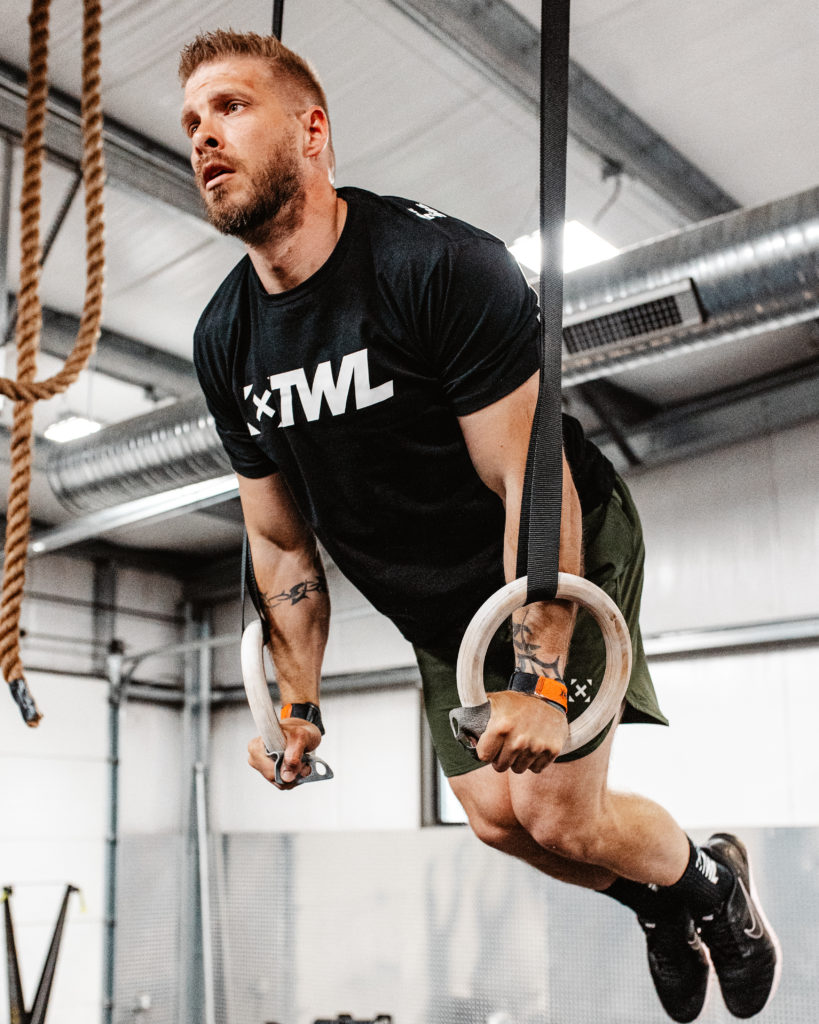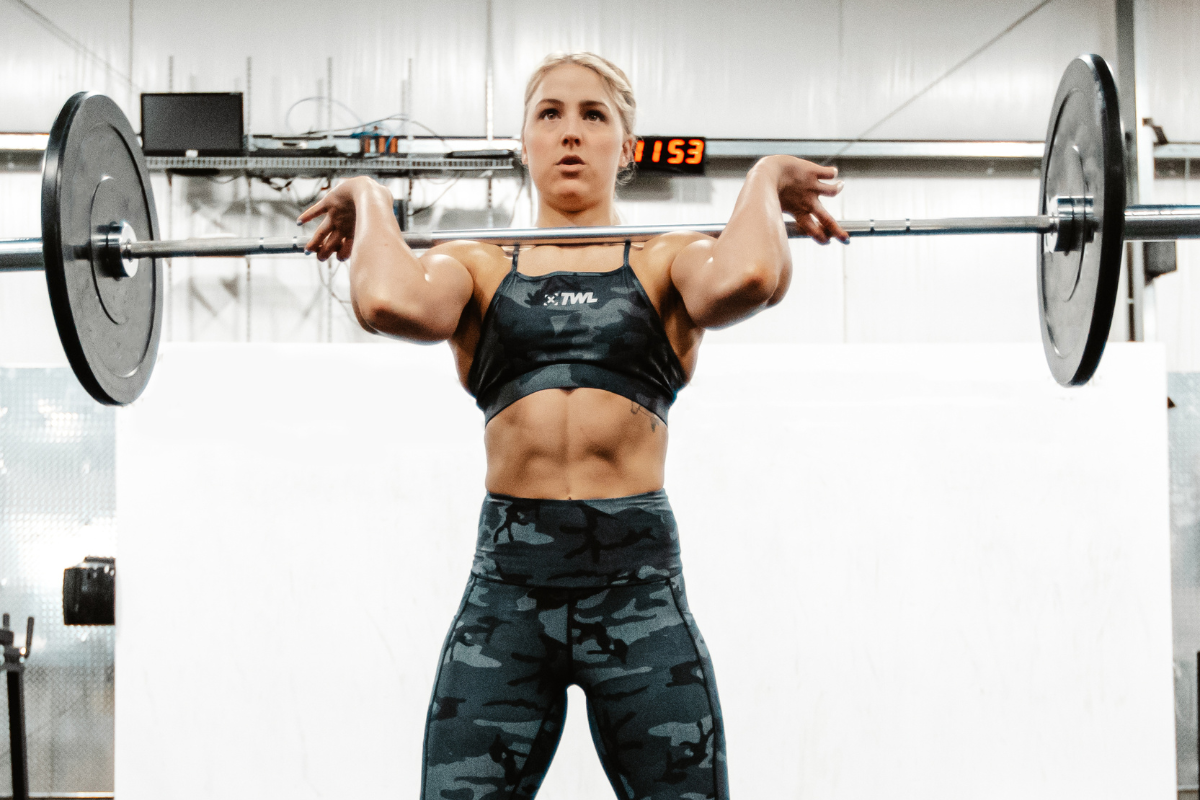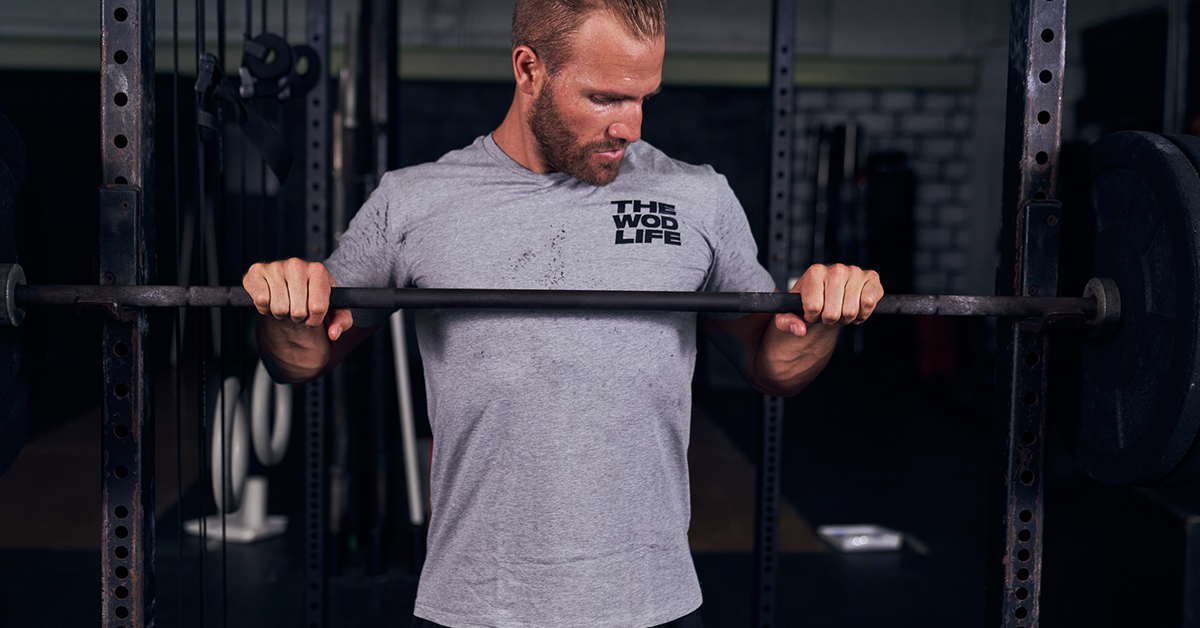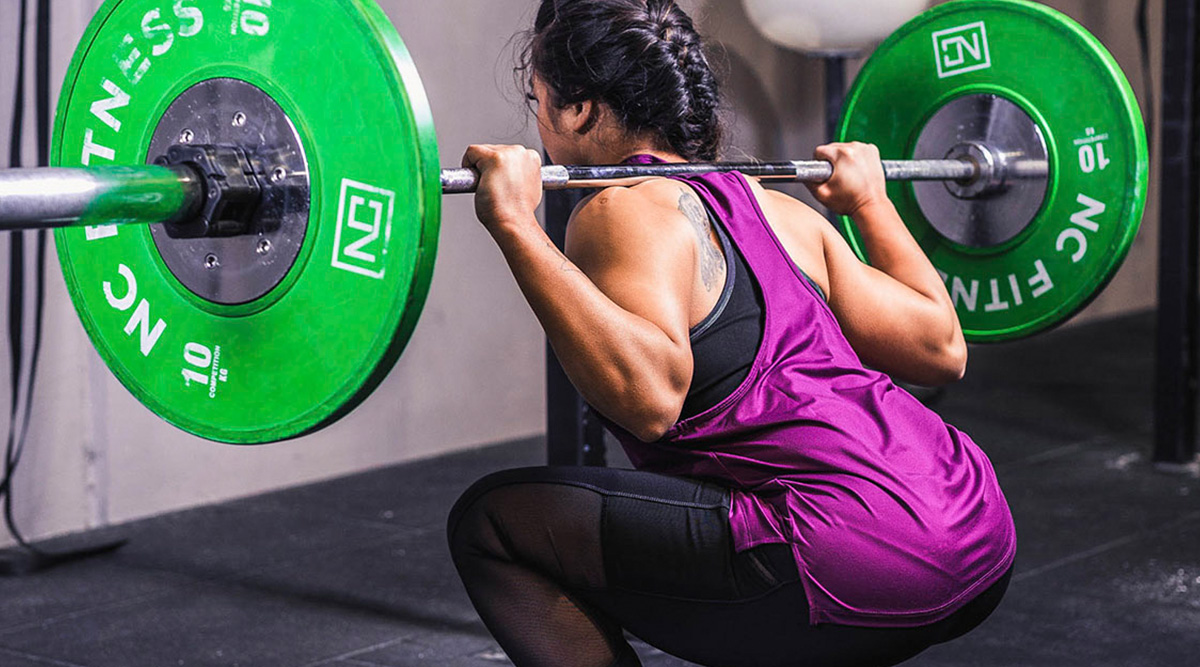When you perform just about any movement, it has two parts: the concentric and eccentric portions. While the words might sound similar, they’re two different things. Let’s get into concentric vs eccentric training and what it means for you, the athlete.
Concentric vs Eccentric: What’s the Difference?
First, let’s define and explain each term. To better understand this, let’s throw in a third term: Isometric training.
Isometric is when a muscle engages but does not lengthen or shorten. Imagine doing an air squat and holding it at parallel. That held position would be an isometric exercise.
Concentric means the muscle contracts while fighting resistance or force. For example, when you bring a dumbbell toward your shoulder for a bicep curl, that’s a concentric movement.

Eccentric is the opposite — it’s when the muscle elongates again. Imagine that bicep curl. When you lower the dumbbell back down, it’s eccentric.
Most exercises can be made isometric, concentric, or eccentric. And if it has a concentric portion, then it has an eccentric portion. Imagine your standard overhead press. The same logic can be applied to the dumbbell curl. It has a concentric and eccentric portion, and it can also be made isometric.
The biggest difference lies in working with gravity vs working against gravity. When you lift a dumbbell to initiate a curl, you’re working against gravity. When you lower it back down, you’re working with gravity.
What’s Better: Concentric or Eccentric?
Now that you know the difference between the three types of movements, you might be asking yourself, “Okay, so which one should I focus on?” Great question! If you talk to five different people, you’re going to get five different answers. If you ask us, the best approach is to do all three. That’s because thus far, science has somewhat determined eccentric movements to be more beneficial, but they still haven’t overwhelmingly ruled in favor of one over the other. There are other variables at play, like what exercises you’re doing and at what volume. So, striking a balance between the various types is probably your best bet.
Shop Now
Let’s consider some of the existing research. In one study published in The Journal of Strength and Conditioning Research, they found that eccentric movements trigger greater effect size and change in muscle growth. However, the difference was negligible. And ultimately, both were effective in increasing muscle hypertrophy.
Another study, this one published in the Journal of Neurological Sciences, found that muscles that moved eccentrically showed some damage right after exercise. 24-48 hours after, the damage was even more marked and affected a greater percentage of fibers.
However, other research shows varying results. For instance, one study found that when it comes to muscle damage, there’s no significant difference between concentric vs eccentric exercises. Further research suggests that it might be concentric training that leads to greater results. And research shared in the Journal of Applied Physiology explains that strength gains also depend on the muscle used and what it was required to do — not just whether the movement was eccentric or concentric.
So, there is some information out there in favor of both. But for the most part, science is largely on the fence. This is why it’s a good idea to incorporate both types of movement in your programming. And honestly, you probably already are, even if you don’t immediately realize it. But how can you maximize your gains when it comes to concentric vs eccentric movements?
How to Make Concentric and Eccentric Exercises Work for You
Very often, when it comes to the exercises we do in the gym, we tend to focus on one phase more than the other. Think of a heavy back squat. You might crash down to the bottom position. Then, on your way up, that’s when the real fight begins.
What if you took the down phase as seriously as the up phase? You’re going to unlock a whole new level of difficulty. To do this, you could practice tempo squats. This means you slow down the movement to a specific count. For instance, you might squat down for a count of five seconds, pause for one second at the bottom, and then stand up. This would mean that you’re making the most of both the concentric and eccentric phases.
Look at your standard sit-up. Most of us struggle on the way up and fall on the way down. However, imagine slowing down the lowering portion for a count of three seconds. If you thought your abs were on fire before, just wait.
You can apply this thought process to just about everything you do in the gym. Pretty cool, huh? It means you get to put a whole new twist on movements that might otherwise seem mundane and unchallenging.

Remember that when it comes to concentric vs eccentric, you’ll likely be able to lift more using one than the other. Let’s go back to our dumbbell example. You might find lowering 10 pounds to be much harder than raising 10 pounds. That’s because gravity is working in your favor, which means it’s going to be harder to control the movement and slow it down.
So, now that you know all about concentric vs eccentric movements, how do you plan to better address them in your everyday training? Here are a few key points to remember:
- Focus on the quality of your movement to ensure that you’re lifting safely and efficiently.
- Don’t stress too much about concentric vs eccentric programming.
- If your training volume is what it needs to be, you will get stronger. Period.

















